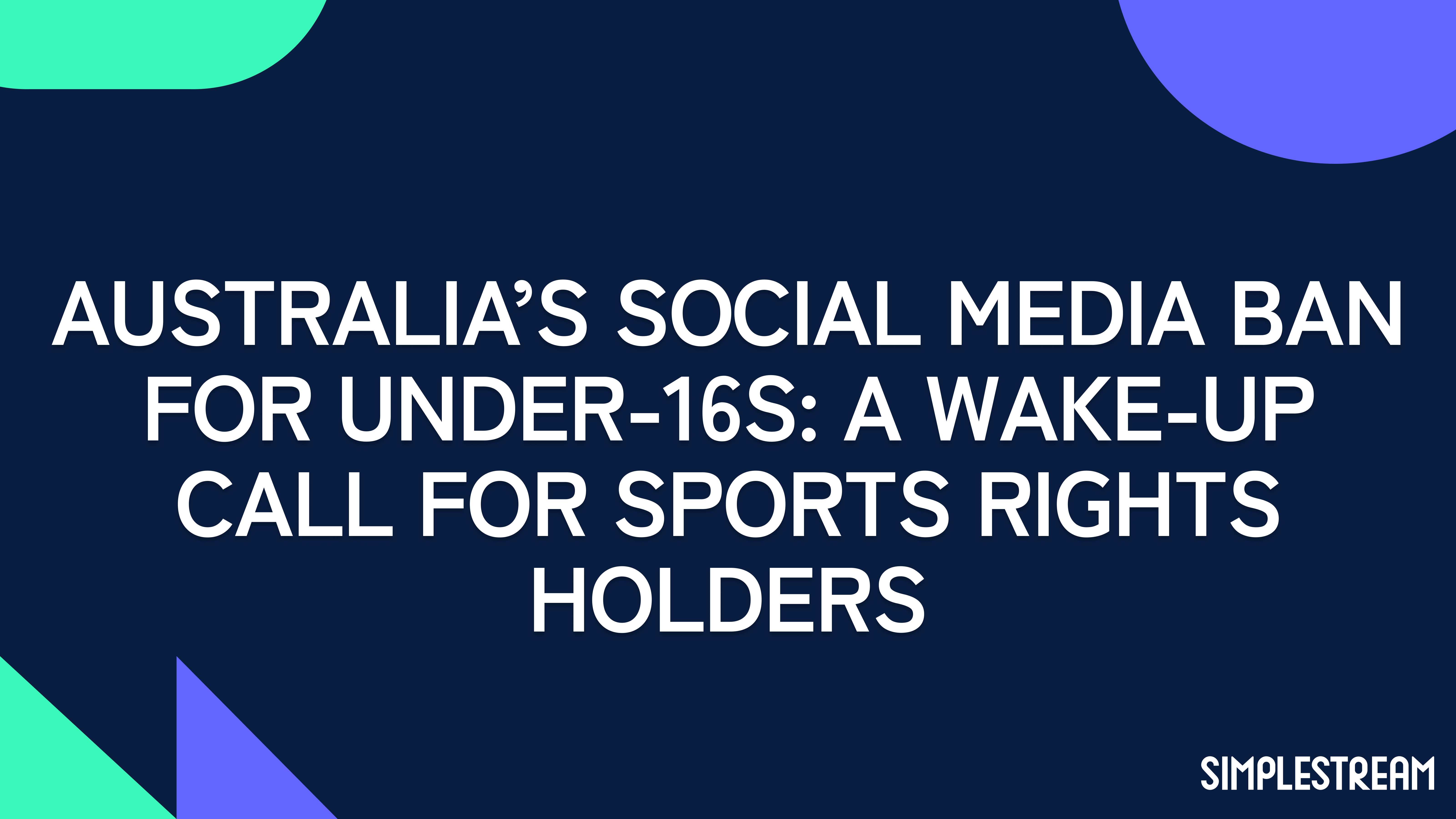NAB Show 2023: five things we learned
From FAST to AI, with an eye on the cloud for live remote production and the future of sports streaming, here are our key takeaways from NAB Show in Vegas.
NAB 2023 marked the centennial edition of the popular convention and trade show that animates Las Vegas once a year. With over 1,200 exhibitors present at the Convention Center, NAB Show recorded over 65,000 participants this year, confirming that in person trade shows and conferences are still relevant in this industry. And that they can bring invaluable opportunities for networking and business development.
We attended the show for what was a very busy 4-day on the strip. Conversations flew naturally among the stands and booths, within the designated networking areas, and at the event’s conference which unfolded among happy hours and other parties. Before boarding our flights back to the UK, we packed our suitcases with five key takeaways from a show that highlighted, yet again, the healthy status of an industry that keeps growing at great pace. Read on.
#1. FAST… AND FURIOUS
Free, ad-supported TV keeps making a lot of noise. However, the outlook is rather different if compared to the conversations on the same topic we had just one year ago. Domestic revenues in the US for FAST channels are set to hit the $12 billion mark in the next three years. Fans of FAST firmly believe that this concept is here to replace cable TV at once. What’s old is becoming new again, as we’re tending towards linear distribution of video, yet within a digital ecosystem that asks for flexibility, ease of scheduling content, monetisation through targeted advertising. Not everyone, however, is a FAST aficionado. Some don’t quite believe this is the new cable, at all. Instead, we heard them talking about syndicated television, as opposed to a new, standalone product.
What to make of all of this? It’s an intricate scenario. FAST is happening. It’s part of yet another transition of the world of video content towards a ‘live’ linear distribution with ads we thought we left in a draw well over a decade ago. However, it’s only going to make content providers’ dreams come true if it can play an active ‘team role’ within a complex OTT scenario, one that includes multiple business models (SVOD, TVOD, AVOD...).

#2. TO AI OR NOT TO AI
Let’s face it: artificial intelligence was going to be a guest of honour at NAB. It was a widespread topic of conversation, both at the conference sessions and on the exhibition floor. AI is gathering relevance at staggering speed in any sector. Content creation can certainly benefit from the use of AI, yet the opportunity comes with some dangers, and some diligence is needed to put some guardrails here and there and guarantee fairness and safety. Looking at the practical side of things, the broadcast world is already adopting the first prototypes of AI-driven tools aimed at bandwidth, image quality optimisation, and text-based editing tools to analyse and transcribe content of any length.
#3. LIVE REMOTE PRODUCTION
Remote production was trending even before the pandemic. Covid-19 and its long periods of lockdown, worldwide, simply contributed to accelerate a process that was already underway. Remote production allows teams to be more efficient, with the added benefit of acquiring talent in an easier way, as not every operator might be available to be constantly ‘on the road’, especially when in different time zones. Cloud-based solutions are also enabling teams to work together on multiple events, centralising the operation and adding the value of leaner workflows which add value to live environments such as the sports sector.
#4. SPORT: STREAMING CONSOLIDATION IS KEY
What about sport, then? Streaming consolidation was NAB’s favourite buzzword, at least for big rights holders and owners, while niche sports, can look at OTT and its potential to generate new revenue. And yet again, FAST and virtual channels are there, winking at sports entities with the promise of delivering seamless playlists of live and on demand assets, ready to be devoured by avid fans. Dan Rayburn, Chairman of the NAB Show Streaming Summit conference, said: “There’s no doubt that how we watch, when we watch, what we want to watch and on what platform and device has changed. The windowing of content has changed, but this idea that broadcast TV is dead – absolutely not”.
Try and unbundle live sports from broadcast TV completely, and you’ll have a problem. It’s down to content, again, to attract viewers to watch what they want, on the platforms where that content lives. Premium sports content is one of the few genres still preventing viewers from cutting the cord for good. Even though, eventually, the sports consumer’s experience will move online and away from traditional pay TV, it’s still perceived as a risky and expensive endeavour to undertake.
#5. 5G AND BROADCAST
Even though the adoption of 5G remains rather low (let's all bear in mind that we’re still at an early stage of development), the world's largest telcos and technology firms keep working to leverage the 5th generation mobile network to improve the capabilities of tech stacks and distribution workflows. The deployments of much faster 5G networks are set to open a new gateway for opportunities in the 5G broadcasting space. With the natural consequence of more competition for established broadband providers. The prospect, in an ever-evolving scenario, is for further transformation in the media and entertainment landscape.



